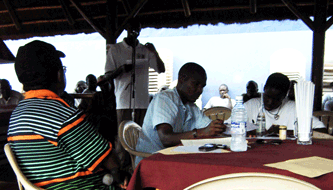White noise; an ancient ruin?
There are some different perspectives on white noise. Looking at white noise from the engineer perspective is like watching an infinite vortex that produces randomness in its purest way; the mean of 0 and variance of ∞. On the...





